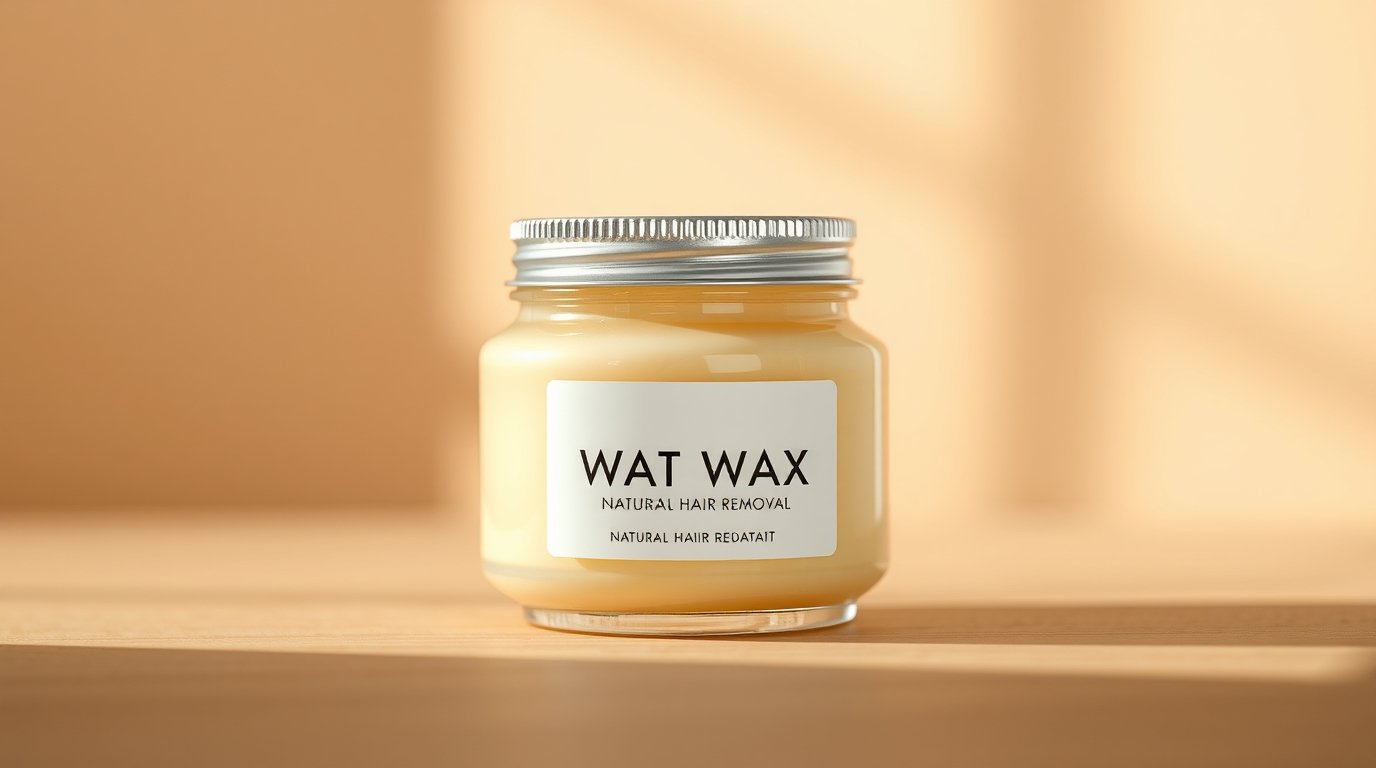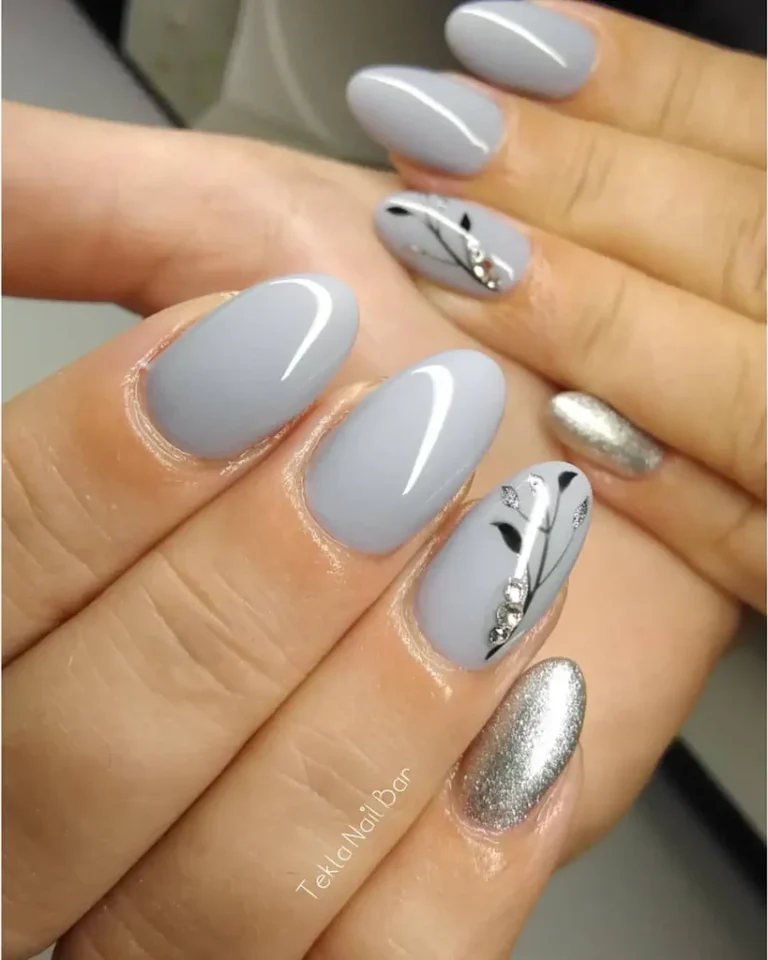Wat Wax: Detailed Guide, Uses, Types, and Industry Value
Wat wax refers to a category of wax materials recognized for film-forming strength, surface protection, and stable melting behavior across industrial and craft applications. The term “wat wax” is commonly used in manufacturing zones to describe wax blends designed for durability, clarity, and controlled softness. Wat wax appears in cosmetic labs, automotive detailing centers, candle factories, and protective-coating plants. Its structure allows stable adhesion to metal, plastic, textile, wood, and food-grade surfaces.
What Is Wat Wax?
Wat wax is a multi-purpose wax blend formulated with long-chain hydrocarbons, esters, and fatty compounds. It is engineered to offer enhanced gloss, thermal stability, water resistance, and surface hardness.
Factories and artisans prefer wat wax for its clean melting pattern, smooth texture, and high compatibility with pigments, fragrances, and natural oils.
Core Characteristics of Wat Wax
Wat wax maintains several performance traits that make it valuable in technical and creative industries:
-
High melting consistency
-
Uniform texture without graininess
-
Smooth application on porous and non-porous surfaces
-
Oxidation resistance
-
Strong moisture barrier film
-
Excellent binding with oils and additives
Chemical Composition of Wat Wax
Wat wax formulations typically include:
| Component | Function | Benefit |
|---|---|---|
| Long-chain hydrocarbons | Core structural base | Stability and hardness |
| Wax esters | Flexibility agents | Smooth spread and shine |
| Fatty acids | Texture control | Better adhesion |
| Microcrystalline elements | Toughness boosters | Stronger film build |
| Optional botanical waxes | Eco-support | Mild scent and natural feel |
This combination enables customization depending on the end use—cosmetics, coating, candle production, or industrial sealing.
Types of Wat Wax
Different manufacturers produce wat wax in specialized forms to match technical needs.
1. Wat Wax for Cosmetics
-
Designed for lip balms, lotions, salves, eyebrow products
-
Offers silky glide and moisture-lock structure
-
Blends well with natural butters and colorants
2. Wat Wax for Autootive Care
-
Used in detailing pastes and spray waxes
-
Creates reflective shine and UV resistance
-
Provides paint protection from heat and moisture
3. Wat Wax for Candles
-
Clean burn and low smoke output
-
Holds fragrance oils evenly
-
Reduces frosting in colored candles
4. Industrial Wat Wax
-
Applied in mold release coatings
-
Used for waterproofing textiles
-
Stabilizes packaging and carton coatings
See More: Rosemary Oil Suppliers: Global Leaders, Quality Standards, and Sourcing Insights
Applications of Wat Wax
1. Beauty & Personal Care
Wat wax supports viscosity, spreadability, and structural integrity in:
-
Lipsticks
-
Cream balms
-
Skin protectants
-
Solid perfumes
-
Beard and hair waxes
Manufacturers value its smooth finish, hypoallergenic profile, and resistance to melting at hand temperature.
2. Home & Craft Usage
Artisans and hobbyists use wat wax in:
-
Hand-poured candles
-
Leather conditioning blends
-
Wood finishing pastes
-
Natural polish recipes
-
Fabric waterproofing treatments
Its uniform melt behavior makes it easy to work with for small-batch production.
3. Commercial and Industrial Operations
Large-scale industries rely on wat wax for:
-
Paper coatings
-
Packaging moisture barriers
-
Food-safe fruit coatings
-
Electrical insulators
-
Metal casting and mold release
Industries choose wat wax when consistent results are required at high throughput.
Advantages of Using Wat Wax
Wat wax offers clear performance benefits:
1. Strong Hydrophobic Protection
It blocks water penetration and prevents moisture-related damage.
2. High Gloss Enhancement
Wat wax creates a bright, durable shine on painted, wooden, or metal surfaces.
3. Ease of Blending
It mixes smoothly with oils, pigments, scents, and chemical additives.
4. Thermal Stability
The melting range remains stable across various environmental conditions.
5. Non-Reactive Nature
It avoids unwanted chemical reactions in cosmetic and food-grade formulas.
How Wat Wax Is Produced
Production steps depend on the manufacturer but often involve:
-
Selection of base hydrocarbons or natural waxes
-
Refining to remove impurities
-
Controlled blending with esters and fatty acids
-
Stabilization through filtering or micro-screening
-
Cooling and shaping into slabs, pellets, flakes, or blocks
Each batch is tested for melting point, hardness, appearance, and consistency.
How Wat Wax Compares to Other Waxes
| Wax Type | Hardness | Melting Point | Primary Use |
|---|---|---|---|
| Wat Wax | Medium to high | Stable, customizable | Multi-industry |
| Beeswax | Medium | 62–65°C | Cosmetics, candles |
| Paraffin Wax | Medium | 46–68°C | Candles, coatings |
| Carnauba Wax | High | 82–86°C | Automotive, food coating |
| Microcrystalline Wax | High | 63–93°C | Industrial sealing |
Wat wax stands out for its versatility and tuneable characteristics.
How to Store Wat Wax
Proper storage protects quality:
-
Keep in cool, dry places.
-
Avoid direct sunlight.
-
Seal in airtight packaging.
-
Prevent contamination with oils or dust.
-
Store large blocks away from heating elements.
How to Use Wat Wax in Different Applications
1. For Cosmetics
-
Melt between 60–75°C depending on formula.
-
Blend with oils, butters, and pigments.
-
Cool gradually for smooth texture.
2. For Automotive Care
-
Mix with polishing agents and stabilizers.
-
Apply in thin layers to painted surfaces.
-
Buff with microfiber cloth for gloss.
3. For Crafts
-
Melt in a double boiler for safety.
-
Combine with fragrance oils for candles.
-
Apply warm wax to wood or leather surfaces.
Industries That Commonly Use Wat Wax:
-
Cosmetics
-
Candle manufacturing
-
Automotive detailing
-
Food packaging
-
Agriculture
-
Textile finishing
-
Woodworking
-
Leather treatment
-
Electronics insulation
-
Paper coating factories
See More: 7 Hidden Truths About Streameast IO Soccer Revealed Now
FAQs About Wat Wax
1. What is wat wax used for?
Wat wax is used for cosmetics, candle making, automotive polishing, waterproofing, and surface protection.
2. Is wat wax natural or synthetic?
Wat wax is usually a blend. It may contain natural waxes, refined hydrocarbons, or synthetic components.
3. Can wat wax be used on skin?
Cosmetic-grade wat wax can be used on skin when produced under cosmetic-safety standards.
4. Does wat wax melt easily?
Wat wax melts at moderate temperatures depending on its formulation. Manufacturers regulate its melting point for stability.
5. Is wat wax safe for candles?
Yes. Candle-grade wat wax burns cleanly and helps bind fragrance oils.
6. Does wat wax offer water resistance?
Yes. Wat wax is valued for strong hydrophobic performance across surfaces.
7. How long does wat wax last?
Properly stored wat wax maintains quality for years without degrading.
8. Is wat wax good for wood finishing?
Yes. It adds shine, seals pores, and improves durability.
9. What does wat wax smell like?
It typically has a neutral or mild scent unless scented artificially.
10. Does wat wax work in hot climates?
Stable blends retain structure better than many natural waxes, making them reliable in warm environments.
Conclusion
Wat wax offers wide-ranging benefits across industries due to its reliable melting profile, smooth texture, adhesion quality, and water-resistant nature. Its flexibility makes it valuable for cosmetics, crafting, automotive care, industrial coatings, and packaging. Companies choose wat wax when they require durable, uniform, and customizable performance.







